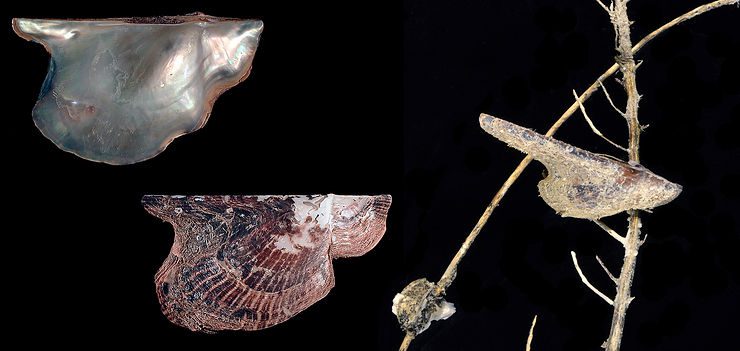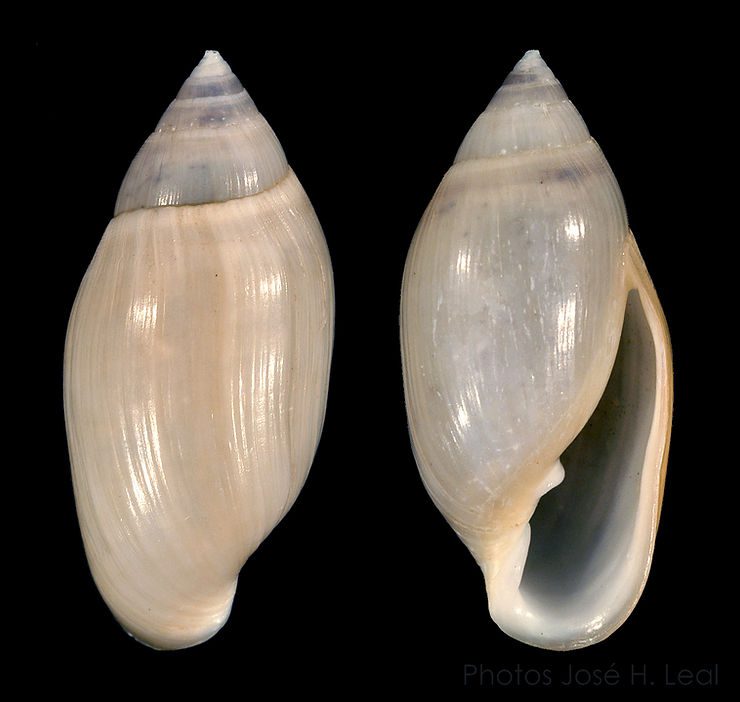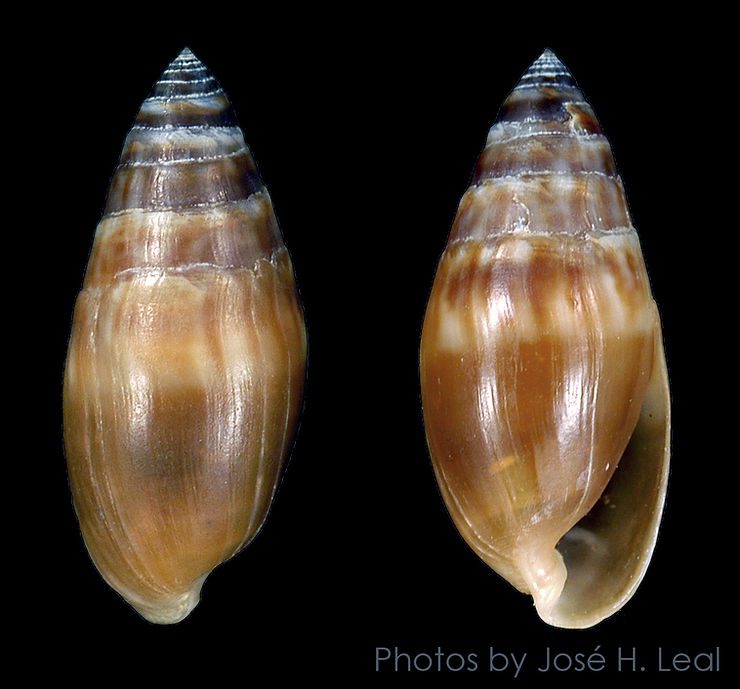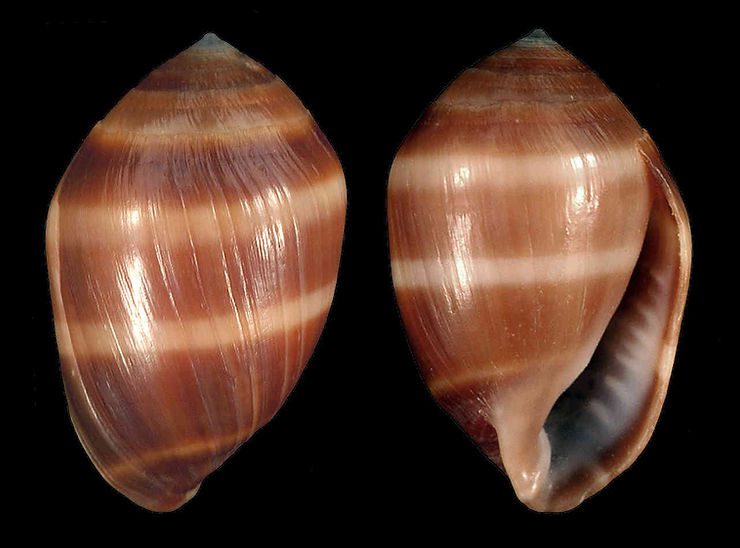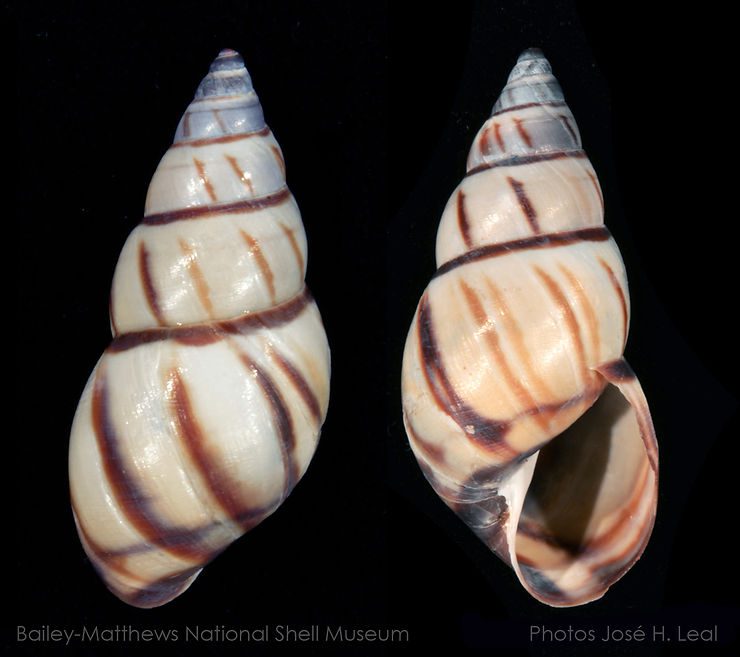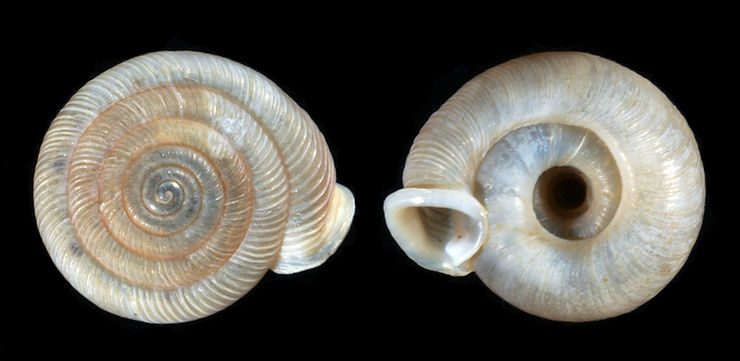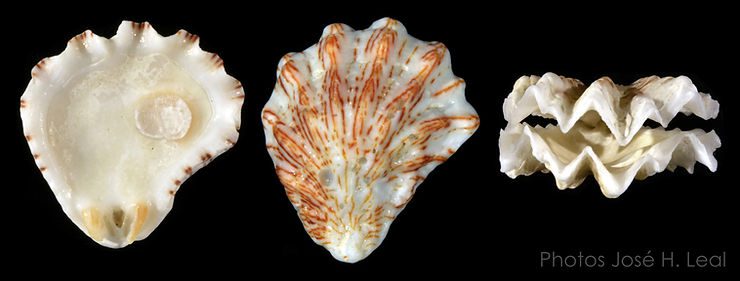
The Atlantic Kitten Paw
The Atlantic Kitten Paw, Plicatula gibbosa Lamarck, 1801, is a bivalve commonly found on the beaches of Southwest Florida (and along the entire coast of the Sunshine State). Its vernacular name derives from the shell shape and, most likely, from its color pattern. It is not unusual for shellers to find complete shells (paired valves) of this inch-long species. Sometimes it is very difficult to separate the valves of a complete shell, not only because they are naturally very well adjusted to each
